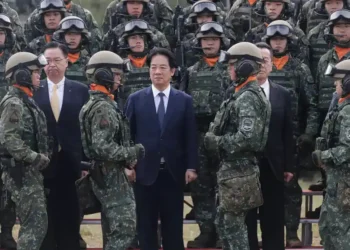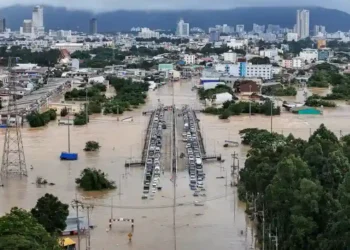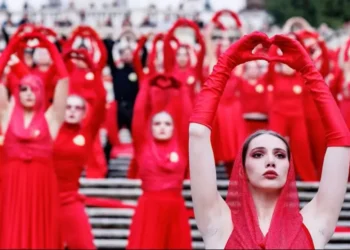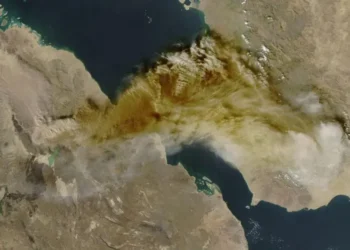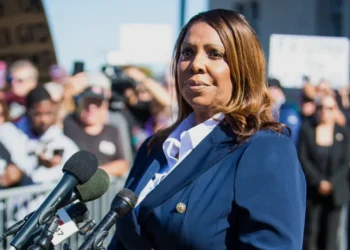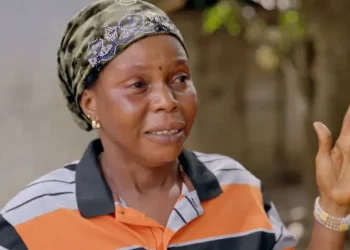Why India Is Counting Caste Again in Its Next Census — and Why It Matters
For millions across India, the caste system — a social hierarchy dating back thousands of years — still influences daily life. From who you befriend and marry, to the jobs you can get and the schools you attend, caste often remains a powerful factor.
Yet, since India became independent in 1947, the government has officially rejected caste discrimination and avoided counting caste in its national census for decades. That’s why Prime Minister Narendra Modi’s recent announcement that caste will be included in the upcoming census caught many by surprise. This will be the first caste count since 1931, when India was still under British rule.
The government insists that gathering caste data is crucial to protecting India’s social fabric from political manipulation and boosting economic and social progress. But the announcement has also reopened a heated debate: will counting caste help marginalized communities, or simply deepen divisions?
What Exactly Is Caste?
India’s caste system, rooted in ancient Hindu texts, historically divided society into rigid groups based on birth. These castes dictated your occupation, where you lived, and whom you could marry. While it originated in Hinduism, many non-Hindu communities in India—Muslims, Christians, Jains, and Buddhists—also identify with caste groups today.
At the top are Brahmins, traditionally priests and scholars. At the bottom are Dalits (formerly called “untouchables”), historically relegated to menial and often degrading work. Dalits and other marginalized groups were treated as “impure,” barred from temples, homes, and forced to use separate utensils and spaces.
Post-Independence India Tried to Move Beyond Caste
After gaining independence, India outlawed caste discrimination and untouchability. Affirmative action policies were created, reserving government jobs and university spots for historically disadvantaged castes—sometimes up to 50% of available seats.
At the same time, India stopped counting caste in the census, hoping democracy would eventually erase these social divisions. But that hope has not fully materialized.
Why Count Caste Now?
Experts say that without accurate caste data, policymakers have been “flying blind,” unable to effectively target social justice initiatives.
Poonam Muttreja, Executive Director of the Population Foundation of India, calls the upcoming census “historic,” because it forces the government to confront uncomfortable realities about inequality.
Despite some softening of caste lines—especially in cities—major disparities remain. Marginalized castes still experience higher rates of illiteracy, malnutrition, and limited access to healthcare and education. Social segregation remains widespread, with just 5% of marriages crossing caste lines.
Some states, like Bihar, have conducted their own caste surveys, revealing even larger marginalized populations than previously thought. Now the central government appears ready to follow suit.
Politics and the Census
Prime Minister Modi has historically resisted defining India by caste. He once said the biggest “castes” were poor people, youth, women, and farmers, groups he argued should be the focus of development.
However, political pressure is mounting. The BJP lost its parliamentary majority in the 2024 national elections, and upcoming state elections—especially in caste-sensitive regions like Bihar—may be driving this sudden embrace of a caste census.
Opposition leaders accuse Modi of using caste data as a political tool to shore up votes, while BJP supporters argue the opposition politicized the issue after years of ignoring it.
Controversies and Concerns
Not everyone supports a caste census. Critics worry that formalizing caste categories reinforces divisions instead of promoting equality.
Some experts suggest social welfare should be based on economic class rather than caste. Others warn that an updated census might increase affirmative action quotas, sparking protests from more privileged groups who feel disadvantaged.
Similar disputes over affirmative action have played out around the world, including in the US, often leading to fierce political and social battles.
What Could the Census Reveal?
Supporters say the caste census could finally provide clear, up-to-date data on who needs help the most, allowing for smarter policies on education, healthcare, and employment.
It could also reveal how caste dynamics have shifted since 1931—showing which groups have benefited from affirmative action, and which remain in need.
The census might uncover important intersections too—for example, the difference in disadvantage faced by women versus men within the same caste, or rural versus urban populations.
Looking Ahead
Once the caste data is published, India will face a crucial question: how to use it responsibly and effectively.
As Poonam Muttreja puts it, “This data will stare people in the face.” It will be hard for policymakers to ignore the reality of ongoing caste discrimination, and impossible to dismiss the need for targeted affirmative action.
In a country where caste still shapes lives in profound ways, counting caste again may be the first step toward a fairer future.
This article was rewritten by JournosNews.com based on verified reporting from trusted sources. The content has been independently reviewed, fact-checked, and edited for accuracy, neutrality, tone, and global readability in accordance with Google News and AdSense standards.
All opinions, quotes, or statements from contributors, experts, or sourced organizations do not necessarily reflect the views of JournosNews.com. JournosNews.com maintains full editorial independence from any external funders, sponsors, or organizations.
Stay informed with JournosNews.com — your trusted source for verified global reporting and in-depth analysis. Follow us on Google News, BlueSky, and X for real-time updates.


